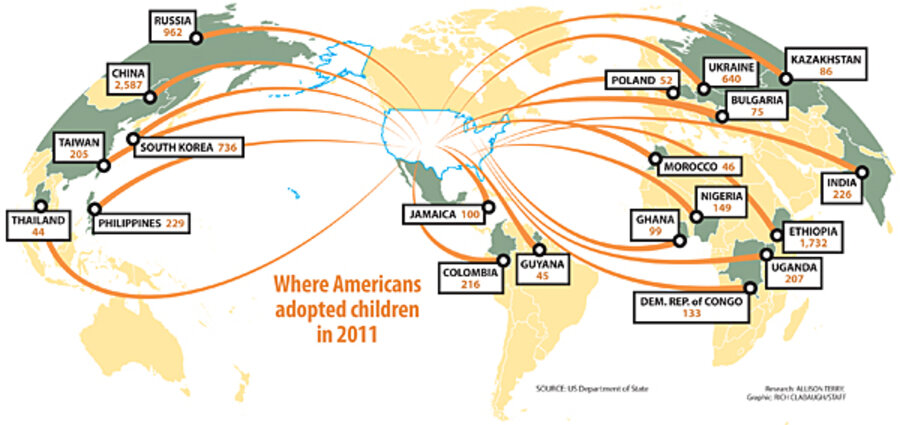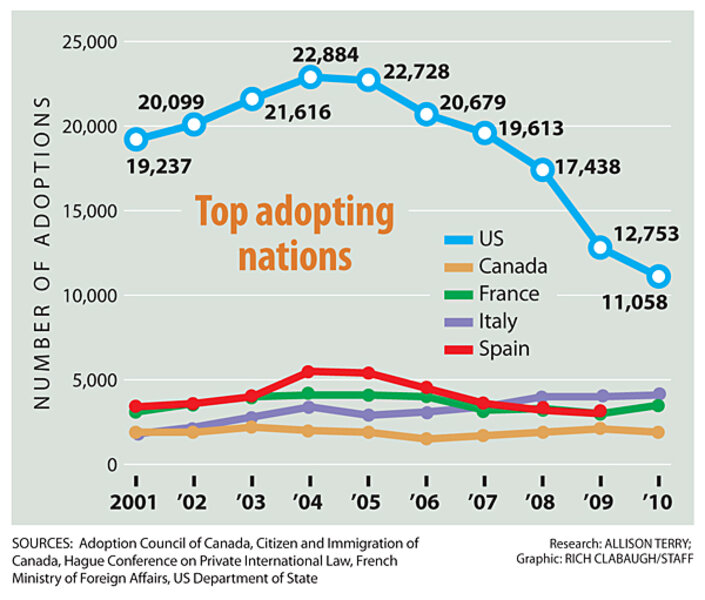China adoption diary: The Great Wall and pig knuckle pizza itinerary
Loading...
| Beijing, Radisson Hotel, June 16
Part 2 of Gretchen Belsie’s account of her trip with husband Laurent and their first adopted Chinese daughter – 10-year-old Grace – as they head to meet and bring home 7-year-old Madeleine Bao Yi.
The day of sightseeing in the relentless heat was grueling, so dinner (we caved for Pizza Hut) was, in part, a celebration of survival.
Enjoying “home” cooking while abroad, even if from a franchise, can have moderate restorative powers. I’m not sure the pepperoni pan pizza was “all that,” but almost an entire pitcher of 7-Up brought me back from the edge.
Reviewing the menu, we realized this was not a normal Pizza Hut. Side tab indexes led us to a wide variety of not-even-close-to-pizza selections: boneless Bavarian-style pork knuckle, escargots, and New Orleans chicken and gristle. According to the picture, I think “gristle” translates unhappily as “bacon.”
Grace tucked into her pepperoni pizza with zest. Now she is face down in bed, snoring. And yes, Laurent is sitting upright at the pillow, also snoring.
Today’s plan was to visit the Great Wall in the morning and hit the Forbidden City and Tiananmen Square after lunch. Fifteen minutes into the journey, our microbus encountered a traffic jam on one of the city’s famous Ring Roads where cars came to a standstill. The exit ramp was choked, so people got out of their vehicles to look around for other options.
Between our driver and guide, Tim, the two came up with an alternate route to the Wall that led us past the Olympic Village and then on a merry chase through hot and dusty little towns consisting of clusters of businesses with corrugated tin roofs and nothing else – places that looked remarkably interchangeable with many Mexican towns I’ve visited. One notable difference is that the streets are not filled with roaming, strangely shaped dogs in China.
This is the beginning of the high season for tourists at major cultural attractions such as the Great Wall. When you juxtapose a breathtaking, man-made wonder of the world with a horde international tourists, you are bound to get some distortions around the edges: shameless souvenir vendors and hawkers of frighteningly over-priced bottled water.
Laurent and Grace wended their way up to the first tower. I went part way but soon realized that the heat and throngs were working against me. I stayed at a lower point and watched the people, focusing mainly on fashion. What do people wear when touring the crowning architectural jewel of imperial China?
One accessory (besides the facemask) in vogue is an arm sleeve worn from just above the elbow to the wrist, like a Cinderella-style long glove with no hand. I guess it functions as a sunburn shield. But I saw examples in fancy sheer material spangled with sequins. Is this necessary?
I saw Beijing’s modern take on Betty Boop – a waif with the classic bangs and bob haircut. She wore cotton candy pink jeans, stacked fuchsia heels, and a white eyelet blouse – and she was as fresh as a daisy. There’s something mysterious to me about Asian women. They don’t sweat – ever. Today, I looked and felt as though I had single-handedly baled a whole field of hay by hand. Many people were staring at me. “I come from German peasant stock,” I wanted to shout.
On the men’s fashion front, the best I could spot was a T-shirt, worn by a cheerful middle-aged Chinese man, emblazoned with: “Run faster or get eaten.” The new Chinese economy in a nutshell.
There weren’t a lot of Americans roaming around, but I did overhear one exuberant blonde with a Southern accent who was toting a camera with a bazooka-sized lens booming, “The faces. I just love their faces.”
Finally, we shifted plans and headed to the Summer Palace of the Emperor, which included the Heavenly Garden. I can’t tell you much about it as I was engaged in surviving the heat for most of the long march. It was a very difficult time for me, but having proved I can function in 95-degree heat with moderate humidity, I can probably survive anything.
We head out tomorrow morning at 8 a.m. for the airport, then on to The Garden Hotel in Guangzhou. And the next day, we’ll finally meet Madeleine.









